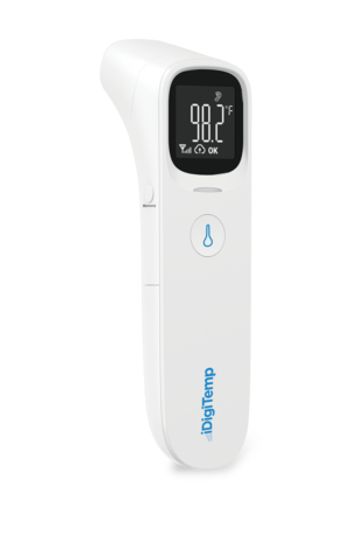
Five trends for health systems in 2023
Adaptability and flexibility will be needed to deal with for challenges next year.
The old adage that health care is recession-proof will face a major challenge in 2023. Existing forces, including the exodus of talent from the health care profession and patients with advanced-stage disease returning to the clinic for the first time in several years, will only continue into the new year against
Expect larger trends shaping the future of work to permeate the health care industry next year. Global business leaders are anticipating
Adaptability and flexibility underscore nearly every major trend facing the health care industry in 2023.
Staffing challenges
Emphasizing flexibility wherever possible is not a catch-all solution, though it will be critical to minimizing the outflow of workers. Many health care jobs can be tailored for remote work, along with avoiding night and weekend shifts week after week. Allowing employees to work from home reduces their gasoline expenses, saves them time spent in traffic, and in some cases might allow them to save on childcare. The more flexible an organization can be in providing remote work, the greater their success.
New competition
During the Great Depression and World War II, a new form of health care delivery arose out of the need to provide for the uninsured shipyard, dam and aqueduct workers in the western United States. This legacy company, Kaiser Permanente, (KP), now serves more than 12 million members in eight states, making it the largest managed care organization in the U.S.
Future entrants into the health care industry are not assured the same degree of success as KP, as the new, large investments in health care by
Delayed screenings
During the COVID-19 pandemic, seemingly healthy patients were more likely to skip routine screening exams because they did not feel comfortable entering clinical settings, or they were explicitly discouraged from coming in for check-ups. Mammograms, colonoscopies, and prostate screenings (just to name a few) were not performed. Now, as patients return for check-ups, the consequences of these missed exams are being noted. We are diagnosing increasing numbers of advanced-stage cancers, heart disease, diabetes, and other diseases that would have been more successfully treated had they been detected sooner.
Around the world, these consequences will be widespread. The number of severely ill patients will rise. CT scans, MRI studies, biopsies and other advanced-care measures will be needed with greater frequency. More aggressive medical and surgical therapies will be needed – and at a higher cost. Health care facilities will face increased strain, specialty drug prescriptions will escalate, and ensuring fair access to these limited resources will take center stage.
New technology
Fortunately, the news isn’t all bad. With new technologies comes the promise of better treatment options for many patients. MRI and CT technologies, for example, now offer faster speeds and higher image resolutions than previous equipment. Also, the imaging equipment is more widely available than ever before. When a health care facility purchases a new MRI or CT machine, it need not replace the older machine, whose image resolution might be suitable for diagnosing less complicated health issues. The newer machines can be used for more complex diagnoses, and this additional imaging equipment can help expedite evaluating more patients.
Most innovations are more expensive than their predecessors. Against the backdrop of the critical labor shortage, legacy health care institutions can help offset declines in their labor force by investing in new technologies.
Focus on the next generation
Practicing medicine is an incredibly rewarding and gratifying profession. To develop the next generation of the highest quality physicians, nurses, technicians, and other medical staff, the profession needs to put its best foot forward to recruit the most brilliant minds in 2023 and beyond, knowing the competition from other sectors will only make it more challenging.
This task is easier said than done. With the current generation, emphasizing workplace flexibility will be key. Medical students, wondering whether working 12-hour days are right for them, want to be assured that they will not be sentenced to a lifetime of grueling shifts. While the shifts might be longer and more demanding for younger workers as they develop experience, health care institutions can offer better work-life balance as the staff advances in their careers. The ideal path might provide flexibility such that early-career physicians and nurses perform surgery and other procedures that require being on-call nights and weekends – then, as they advance in career, transition to hospital shifts or clinic work, where the urgent on-call requirements are less common.
Newsletter
Stay informed and empowered with Medical Economics enewsletter, delivering expert insights, financial strategies, practice management tips and technology trends — tailored for today’s physicians.








